Review the meanings and spellings of some common homophones with this digital drag-and-drop activity for your vocabulary lessons.
Homophones Examples with Sentences
Are your students struggling to understand the difference between they’re, their and there?
Are they constantly mixing up to, two and too in their written work?
Are you tired of seeing the word your where you should be seeing the word you’re?
Homophones are tricky little (and not so little!) words in the English language that sound the same but have different meanings and different spellings. For this reason, it can be hard for our students to know which homophone to use in context.
This digital drag-and-drop activity has been designed by our experienced teacher team to help your students review the usage of some of the most common homophones in the context of simple sentences. Students are required to drag the correct homophone from the word bank into the blank space in the sentence. The resource contains nine activity slides covering the following homophones:
- There/their/they’re
- Too/to/two
- Your/you’re
- Ate/eight
- Male/mail
- Pair/pear
- Son/sun
- Flower/flour
- Sea/see
- Meat/meet
This Google Slides resource can be assigned to students in Google Classroom for them to complete independently. Just be sure to operate the presentation in Edit mode, as the drag-and-drop features will not work in Slideshow mode.
How to Implement This Homophones Online Game
Digital games are a fabulous resource when it comes to reviewing key content with your students. They promote active participation, which can lead to a deeper understanding and better retention of the material.
Not sure how to implement this digital game in your classroom? Try these suggestions from one of our experienced teachers:
- Whole-Class Activity – Project the game onto your interactive whiteboard and work through the questions collectively as a class. Have students take turns coming up to the board and dragging and dropping the answer they think is correct.
- Collaborative Group/Pair Activity – Digital games are a great way of encouraging teamwork among students. Assign the task to small groups of students and have them work together to answer the questions.
- Independent Practice – This digital game can also be used as an independent practice or revision activity for students. Simply assign students the task in Google Classroom and allow them to work through the tasks at their own pace.
Download This Homophones Game
Use the Download button above to access the Google Slides version of this resource. (Note: You will be prompted to make a copy of the Google Slides template before accessing it.)
What better way to teach and reinforce concepts than to have your students engage with technology in purposeful and meaningful ways!
This resource was created by Ali Endlich, a teacher in South Carolina and a Teach Starter collaborator.
Teach Homophones with These Teacher-Made Resources
Looking for more activities to enhance your vocabulary lessons on homophones? We have a huge selection of teacher-created resources at your fingertips!
[resource:5008435] [resource:46144] [resource:2656338]


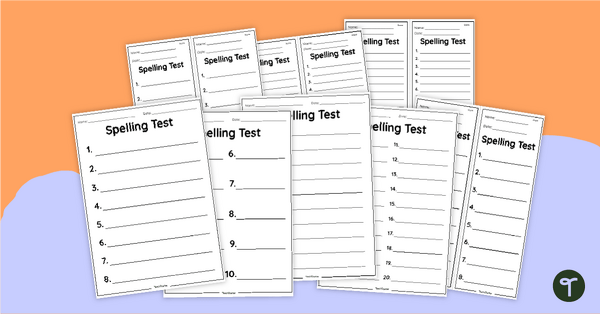
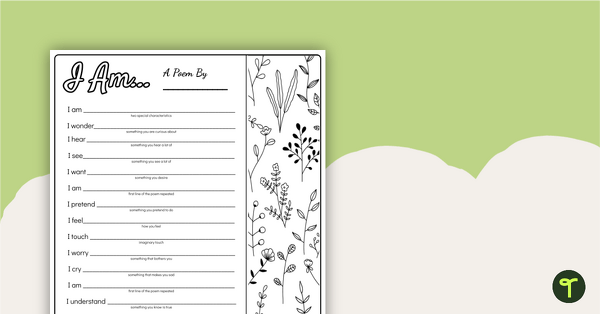
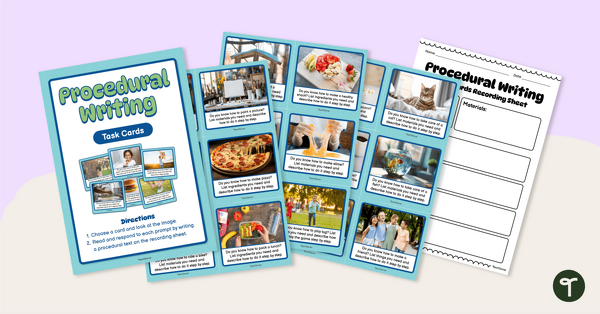
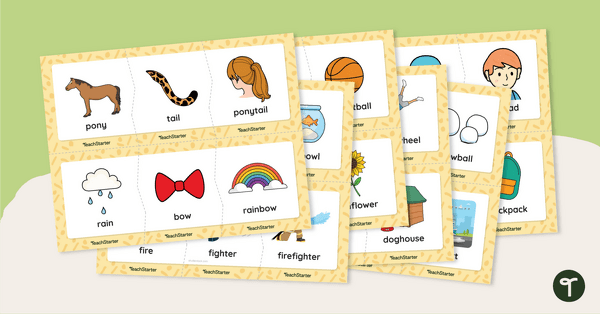
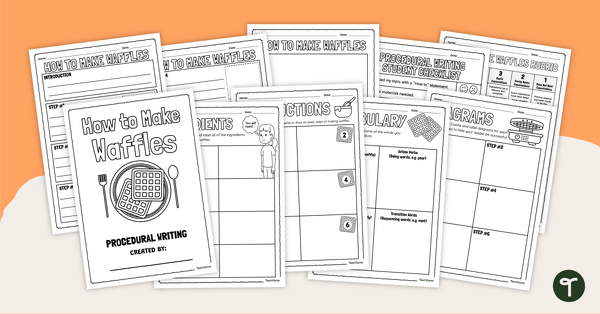

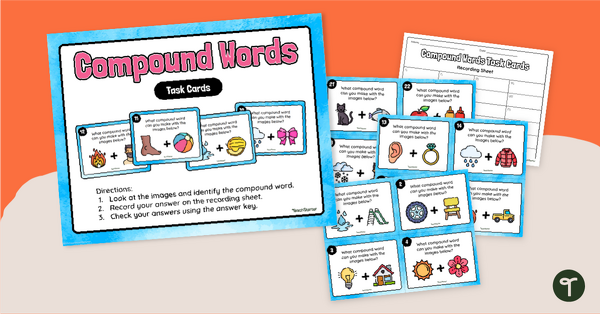

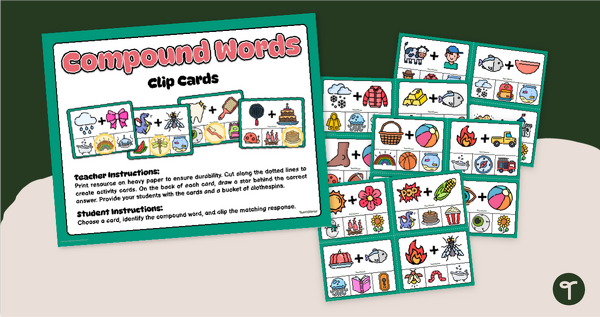
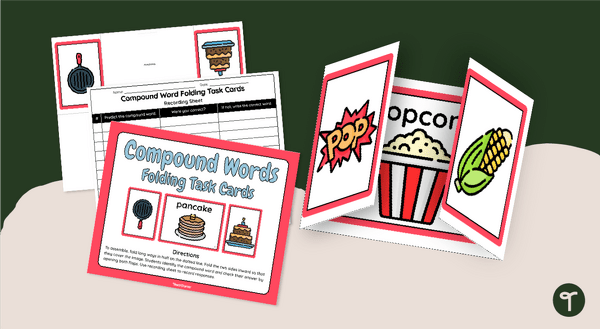
0 Comments
Write a review to help other teachers and parents like yourself. If you'd like to request a change to this resource, or report an error, select the corresponding tab above.